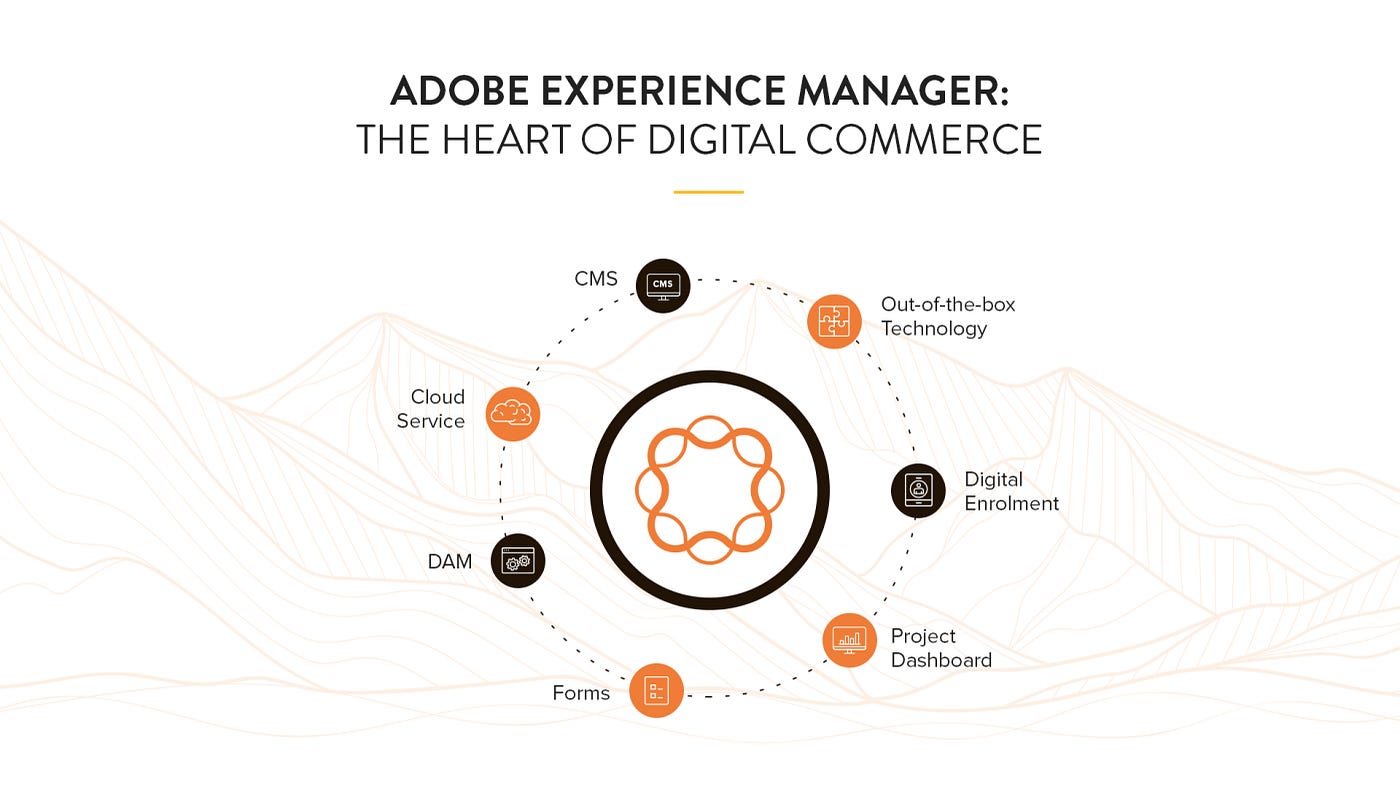The ability to create ideas and blogs are temporarily disabled. We apologize for the inconvenience.
Latest Articles
AI Agents in AEMaaCS
173
2
3
Views
Likes
Replies
When to Use Content Fragments vs Experience Fragments in AEM?
209
4
2
Views
Likes
Replies
Asset Share Commons vs Content Hub: Which Asset Distribution Solution Fits Your Needs?
236
2
2
Views
Likes
Replies
Top KCS Articles for October 2025, Curated For Your AEM Troubleshooting Pleasure!
199
1
1
Views
Like
Replies
Why Your Sling Filters Don’t Affect Asset Headers in AEMaaCS?
261
3
3
Views
Likes
Replies
Resolve Microsoft Word List Copy-Paste Issues in AEM RTE
383
3
2
Views
Likes
Replies
Rename/Move an AEM Asset programmatically and Update References
374
4
3
Views
Likes
Replies
Top KCS Articles for September 2025, Curated For Your AEM Troubleshooting Pleasure!
371
1
0
Views
Like
Replies
ResourceFilterStream: An Optimized Alternative to Query Builder in AEM
324
1
2
Views
Like
Replies
Data Protection and Recovery Strategies in AEMaaCS
640
1
2
Views
Like
Replies





You must be a registered user to add a comment. If you've already registered, sign in. Otherwise, register and sign in.